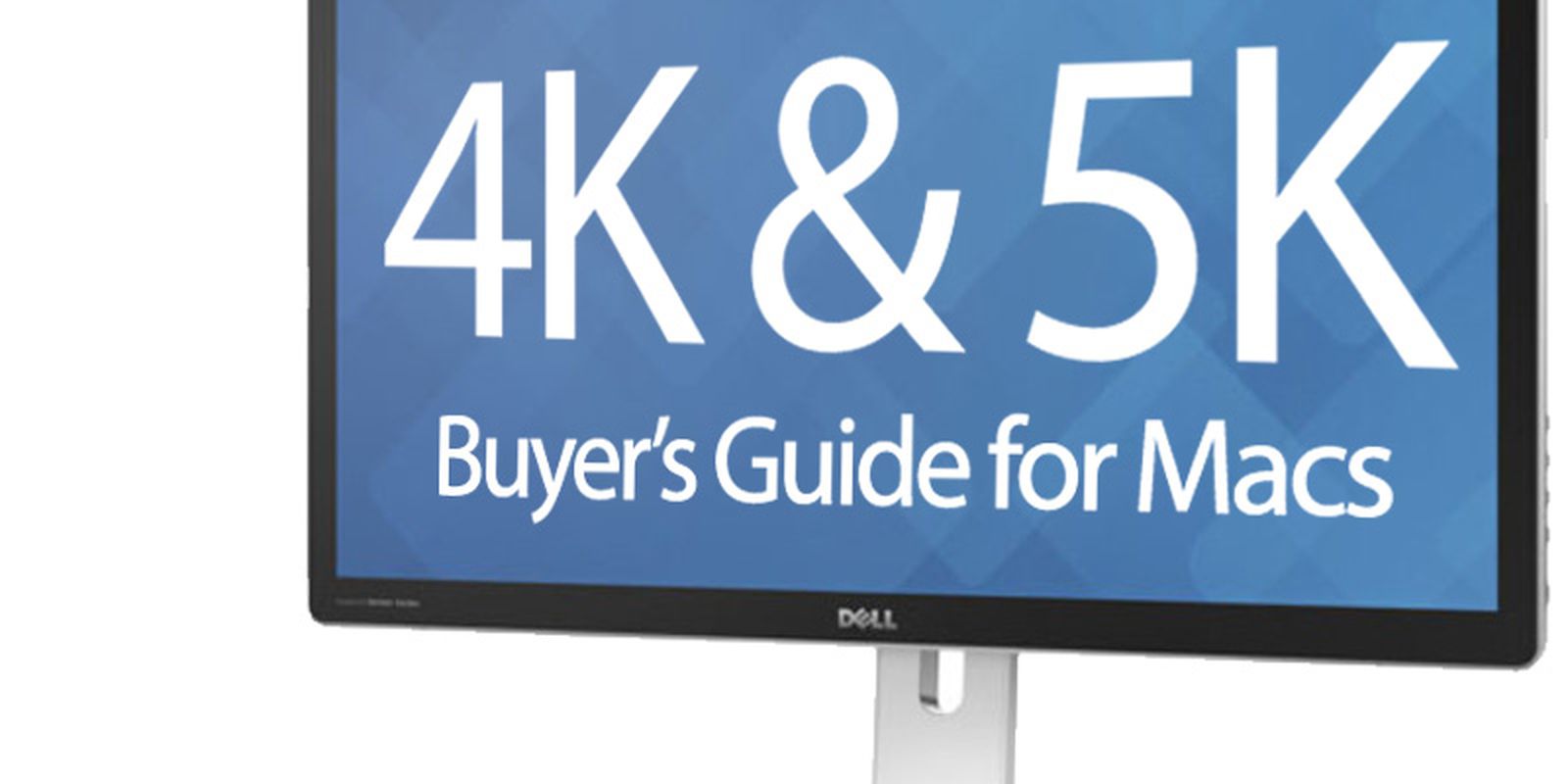Yes.
- Sep 16, 2020 Connect a Mac that has a Thunderbolt 3 (USB-C) or USB-C port to an HDMI display, while also charging your Mac and connecting to a USB-A device. IPad Pro models that have a USB-C port can also use this adapter.
- Sep 03, 2020 Best 4K Monitors for Mac iMore 2020. Are you upgrading that high-tech home office and want to check out the best 4K monitors for your Mac? Your display may already be gorgeous, but if you're in the market for a second display or even something larger than what you have, a 4K monitor is a massive step in the right direction.
- Sep 01, 2020 The best monitors for Mac mini The best 4K monitors for 2020 The best MacBook for 2020 The best HDR monitors for 2020 Dell S2721QS Review: A simple, elegant 4K monitor 11 hours ago.
Set up some displays for mirroring and others for an extended desktop
Nov 13, 2019 Each pair of Thunderbolt 3 ports (on the left and right sides of your Mac) are different busses. Whenever possible, connect your displays to different busses to maximize performance. Don’t connect more than two displays to either bus. If you connect a 6K, 5K, or multi-cable 4K display, use a different bus for each of the displays.
If more than two displays are connected to your Mac, you can specify that some displays use mirroring, showing the entire desktop, and other displays show the extended desktop (displaying the desktop across two or more displays). For example, if you have three displays, you can have two displays showing the same information and the third display showing the extended desktop.
- Use the task above to set up all the displays as an extended desktop.
- Option-drag a display icon onto another display icon to mirror those two displays.
You can make all of your displays mirror each other, or extend your workspace with different apps and windows on each display. If you use an external display with your Mac notebook, you can also use closed-display mode. Apache web server for mac os x.

Check your requirements
- Check the ports on your Mac to find out whether you need an adapter.
- Check how many displays your Mac supports: Choose Apple menu > About This Mac, click Support, then click Specifications. On the webpage that appears, the number of displays your Mac supports appears under Video Support.
Use extended desktop mode
Maximize your workspace with extended desktop mode, which lets you enjoy full-screen apps and windows on each monitor. Then, use Mission Control to organize apps and windows across your displays. If your Dock is on the bottom of your screen, it appears on any of your displays when you move your pointer to the bottom edge of your display.

Turn on extended desktop mode
- Make sure that your external display is turned on and connected to your Mac.
- Choose Apple menu > System Preferences, then click Displays.
- Click the Arrangement tab.
- Make sure that the Mirror Displays checkbox isn’t selected.
Arrange your displays or change your primary display
So that you can move apps and windows across your displays in one continuous motion, arrange your displays to match the setup on your desk. You can also change your primary display, which is where your desktop icons and app windows first appear.
- Choose Apple menu > System Preferences, then click Displays.
- Click the Arrangement tab.
- To change the position of a display, drag it to the desired position. A red border appears around the display as it's moved.
- To set a different display as the primary display, drag the menu bar to the other display.

Use video mirroring
With video mirroring, all of your displays show the same apps and windows.
Turn on video mirroring
- Make sure that your external display is turned on and connected to your Mac.
- Choose Apple menu > System Preferences, click Displays, then click the Arrangement tab.
- Make sure that the Mirror Displays checkbox is selected.
Use AirPlay
With Apple TV, you can mirror the entire display of your Mac to your TV, or use your TV as a separate display. To turn on AirPlay, follow these steps:
- Make sure that your TV is turned on.
- Choose in the menu bar, then choose your Apple TV. If an AirPlay passcode appears on your TV screen, enter the passcode on your Mac.
- Mirror your display or use your TV as a separate display:
- To mirror your display, choose , then choose Mirror Built-in Display.
- To use your TV as a separate display, choose , then choose Use As Separate Display.
- To turn off AirPlay, choose , then choose Turn AirPlay Off.
If you don't see in the menu bar, choose Apple menu > System Preferences, click Displays, then select the 'Show mirroring options in the menu bar when available' checkbox.
2 Displays For Macbook Pro
Learn more about how to AirPlay video from your Mac.
2 Displays Macbook Air
Learn more

Comments are closed.